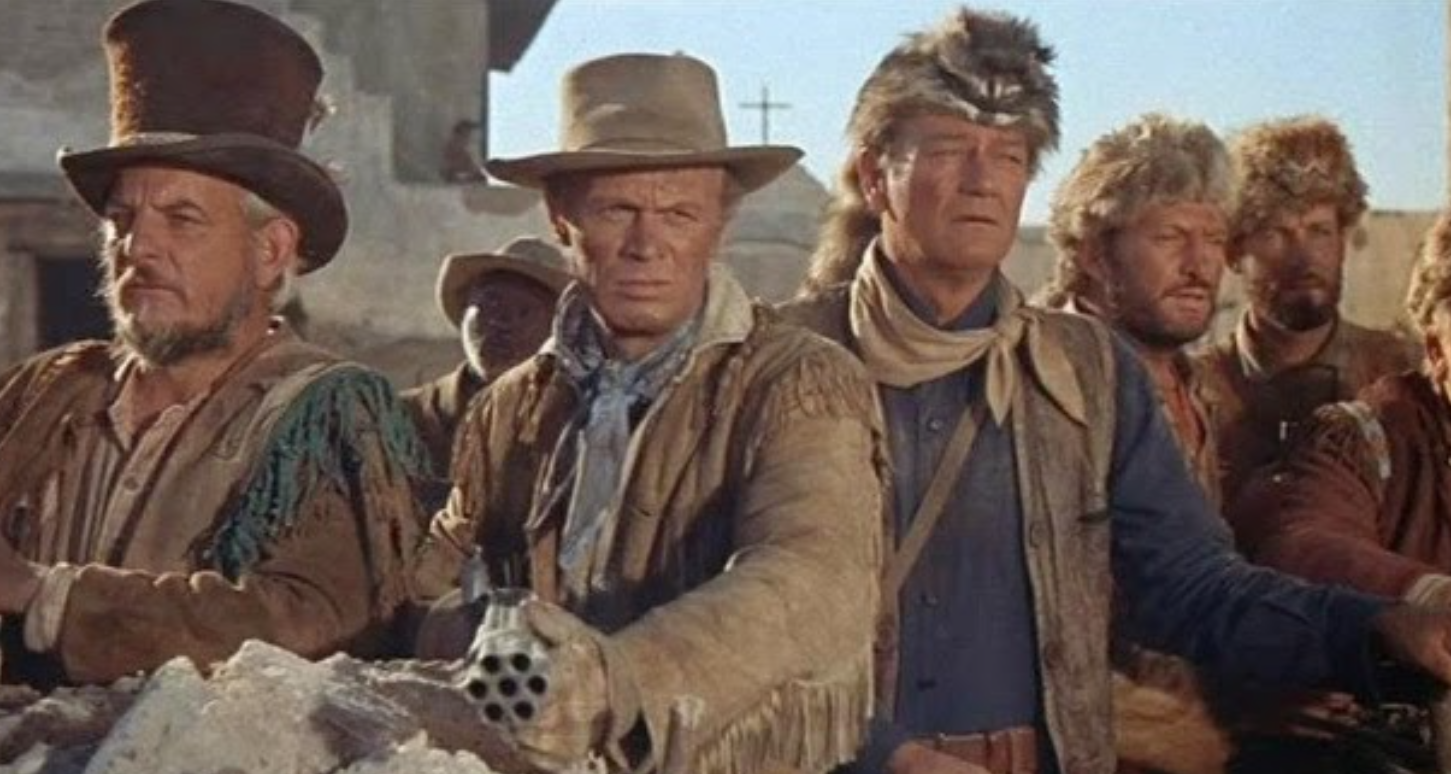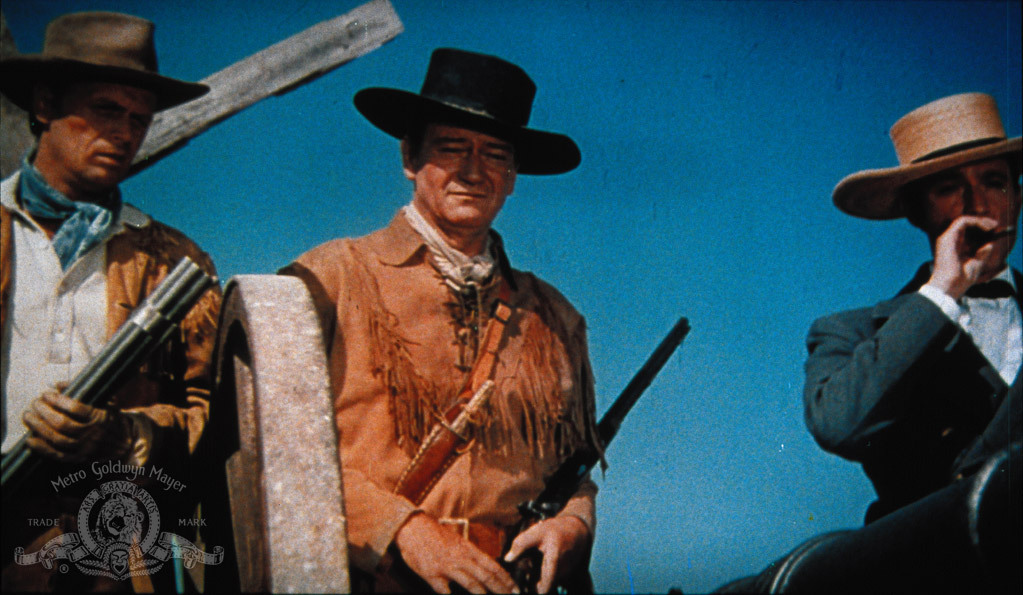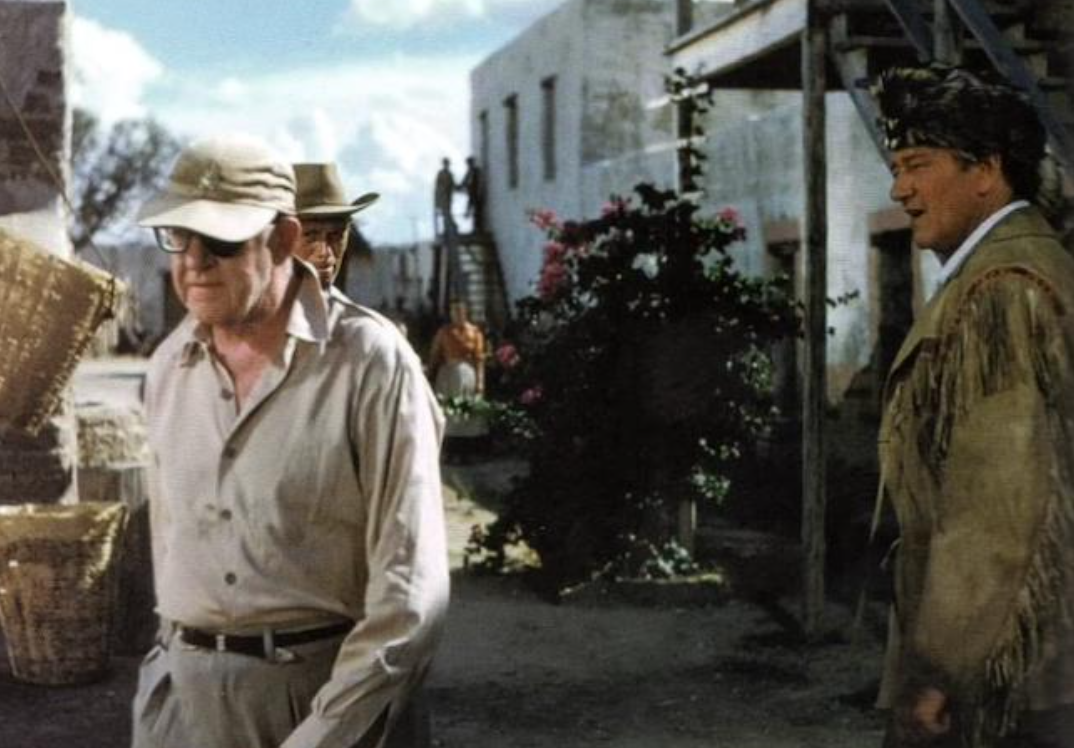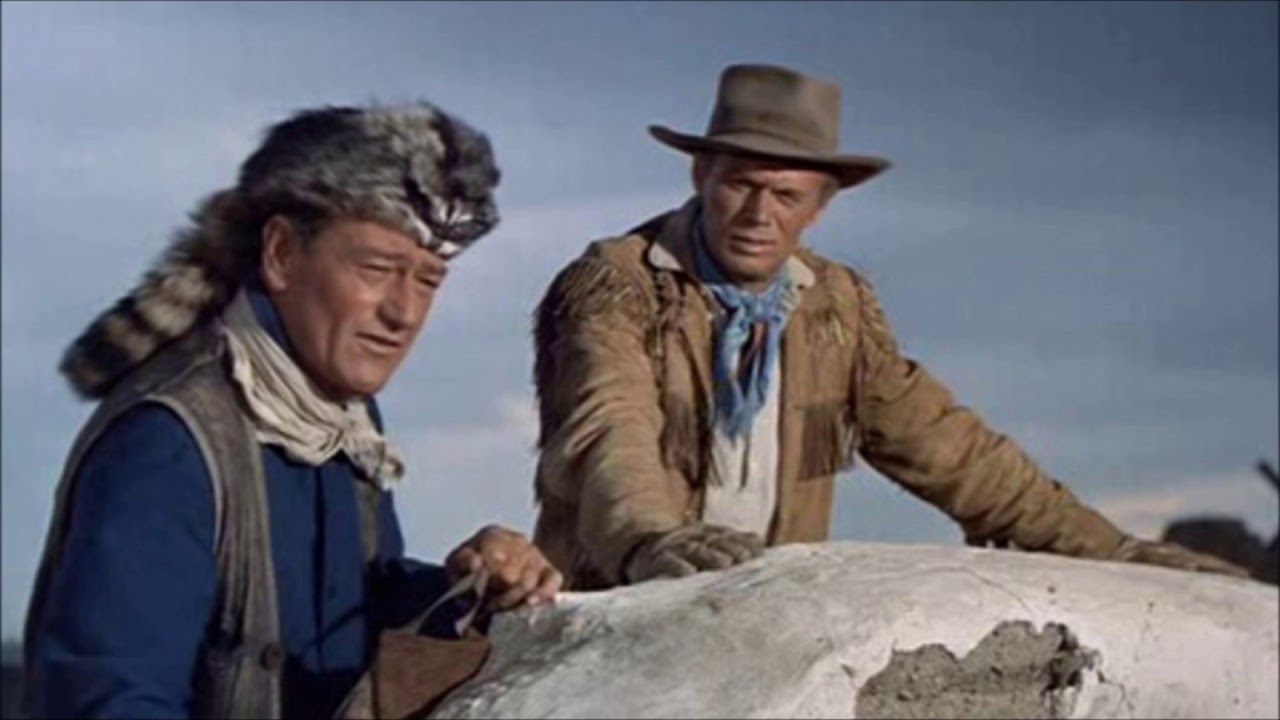🎬 The Alamo (1960): A Patriotic Epic of Heroism and Sacrifice

The Alamo (1960), directed by and starring John Wayne, is a sprawling historical epic that tells the story of one of the most iconic battles in American history. Set during the Texas Revolution, the film chronicles the 13-day siege of the Alamo, a mission-turned-fortress in San Antonio where a small group of Texan rebels stood against the overwhelming Mexican forces of General Santa Anna. With a cast that includes Richard Widmark and Laurence Harvey, The Alamo is a film that celebrates patriotism, bravery, and the ultimate sacrifice for freedom. But does the film’s grand scale and patriotic fervor translate into an accurate and compelling portrayal of history?
Plot Overview:
Set in 1836, The Alamo follows a group of Texan and Tejano soldiers fighting for independence from Mexico. As General Santa Anna (Ruben Padilla) marches north with a massive army, a small force of 200 men, led by Colonel William Travis (Laurence Harvey), frontiersman Davy Crockett (John Wayne), and Jim Bowie (Richard Widmark), make a stand at the Alamo, a fortified mission in San Antonio.
The film portrays the days leading up to the battle, as Travis, Crockett, and Bowie struggle to maintain unity among their diverse group of defenders, which includes Texans, Tejanos, and volunteers from other American states. Tensions between Travis and Bowie, in particular, highlight the conflicting personalities within the leadership, with Travis being a strict military man and Bowie embodying a more rugged, frontier spirit.
As the siege wears on, the men inside the Alamo know that reinforcements will not come in time, and that their stand will almost certainly result in death. Nevertheless, they choose to fight for what they believe in—freedom and the future of Texas. The film culminates in the brutal and tragic final assault on the Alamo, where all the defenders are killed, but their sacrifice inspires others to fight for Texan independence.

Character Development and Themes:
John Wayne’s portrayal of Davy Crockett is central to the film, and it reflects the larger-than-life persona that Wayne had built throughout his career. His Crockett is heroic, patriotic, and full of folksy wisdom, embodying the American ideal of rugged individualism. Wayne’s performance adds a mythic quality to Crockett, portraying him as a man deeply committed to the cause of freedom and willing to sacrifice everything for it.
Laurence Harvey’s Colonel Travis is portrayed as a disciplined and determined leader who values duty and honor above all else. His relationship with Jim Bowie, played by Richard Widmark, creates some of the film’s most interesting character dynamics. While Travis is strict and by-the-book, Bowie is more freewheeling and pragmatic, representing the clash between military order and the rugged frontier spirit. Their eventual mutual respect for one another highlights the theme of unity in the face of overwhelming odds.
Widmark’s Jim Bowie is a complex character, torn between his loyalty to Texas and his awareness of the futility of their stand. Widmark portrays Bowie as a flawed but ultimately noble figure, whose personal struggles mirror the larger struggle for Texan independence.
The supporting cast, including Frankie Avalon as the young Smitty and Chill Wills as the grizzled Beekeeper, add depth and humanity to the defenders, making their eventual sacrifice feel all the more tragic.
The film’s primary theme is one of heroism and sacrifice. The Alamo is a story about ordinary men who choose to stand against tyranny, even when they know the fight is hopeless. The defenders of the Alamo are depicted as embodiments of American values—courage, freedom, and the willingness to fight for what is right, no matter the cost.

Patriotism is woven into every aspect of the film, with characters constantly reflecting on the importance of liberty and the future of Texas. The film portrays the defenders as martyrs for a cause larger than themselves, and their deaths are framed as the catalyst for the eventual victory in the Texas Revolution.
Action and Visual Style:
The Alamo is an epic in every sense of the word. The film’s battle sequences are grand in scale and scope, with hundreds of extras, elaborate sets, and large-scale action. The climactic battle, where Santa Anna’s forces overwhelm the Alamo, is a cinematic spectacle, filled with explosions, hand-to-hand combat, and moments of raw heroism.
The cinematography, by William H. Clothier, captures the vastness of the Texan landscape, with sweeping shots of the desert, mountains, and skies. The wide vistas emphasize the isolation of the Alamo and the enormity of the challenge faced by its defenders. The film’s score, composed by Dimitri Tiomkin, adds to the grandeur of the production, with stirring, patriotic themes that underscore the emotional weight of the story.
John Wayne’s direction, while not as refined as some of his contemporaries, does manage to capture the sense of scale and importance that the story demands. Wayne’s vision for the film was clearly to create a lasting tribute to American heroism, and while the film’s pacing can be slow at times, the final act delivers the rousing, emotional payoff that audiences expect.

Criticism:
Despite its epic scope and strong performances, The Alamo has faced criticism over the years, particularly for its historical inaccuracies and its heavy-handed patriotism. The film presents a simplified version of the events, often glossing over the more complex political and social factors that led to the Texas Revolution. Santa Anna and the Mexican forces are depicted largely as faceless villains, with little attention given to their perspective or motivations.
Additionally, the film’s portrayal of Davy Crockett as a larger-than-life hero has been criticized for straying into myth-making territory, rather than presenting a more nuanced or historically accurate portrayal of the man. Similarly, the character of Jim Bowie, while compelling, is somewhat fictionalized to fit the film’s narrative of personal redemption and sacrifice.
Some critics have also noted that the film’s patriotic messaging can feel overbearing at times, with characters frequently delivering speeches about freedom, duty, and sacrifice. While this may resonate with some audiences, others may find the film’s tone overly sentimental and idealized.
Finally, at nearly three hours long, The Alamo can feel slow-paced in its buildup to the final battle. While the film attempts to develop its characters and build tension, some viewers may find that it takes too long to reach its climactic moments.

Final Thoughts:
The Alamo is a classic example of the Hollywood epic, filled with grand battles, heroic characters, and sweeping emotions. While the film may take liberties with historical accuracy and lean heavily into patriotic sentiment, it remains a compelling and rousing tribute to one of the most famous last stands in history. John Wayne’s portrayal of Davy Crockett is iconic, and the film’s depiction of courage and sacrifice continues to resonate with audiences.
For fans of historical dramas, war epics, or John Wayne’s filmography, The Alamo offers a visually stunning and emotionally stirring experience, even if it occasionally stumbles under the weight of its own myth-making.
Movie Information:
- Title: The Alamo
- Director: John Wayne
- Starring: John Wayne, Richard Widmark, Laurence Harvey, Frankie Avalon, Chill Wills
- Genre: Historical Drama, War, Western
- Release Date: October 24, 1960
- Running Time: 202 minutes
- Rating: Not Rated
- Plot Summary: Set during the Texas Revolution, The Alamo follows the story of Colonel William Travis, Davy Crockett, and Jim Bowie as they lead a small group of Texan rebels in a desperate stand against the forces of Mexican General Santa Anna. Despite overwhelming odds, the defenders of the Alamo fight to the last man, inspiring a revolution that would eventually lead to Texas gaining its independence.
SUGGESTED VIDEO FOR YOU:
[Movie Review] The Legend of a Hero Specializing in Hunting the Most Terrible Monsters in Greece
[Movie Review] The Killer’s Game (2024): A Deadly Contract, A Race Against Time











